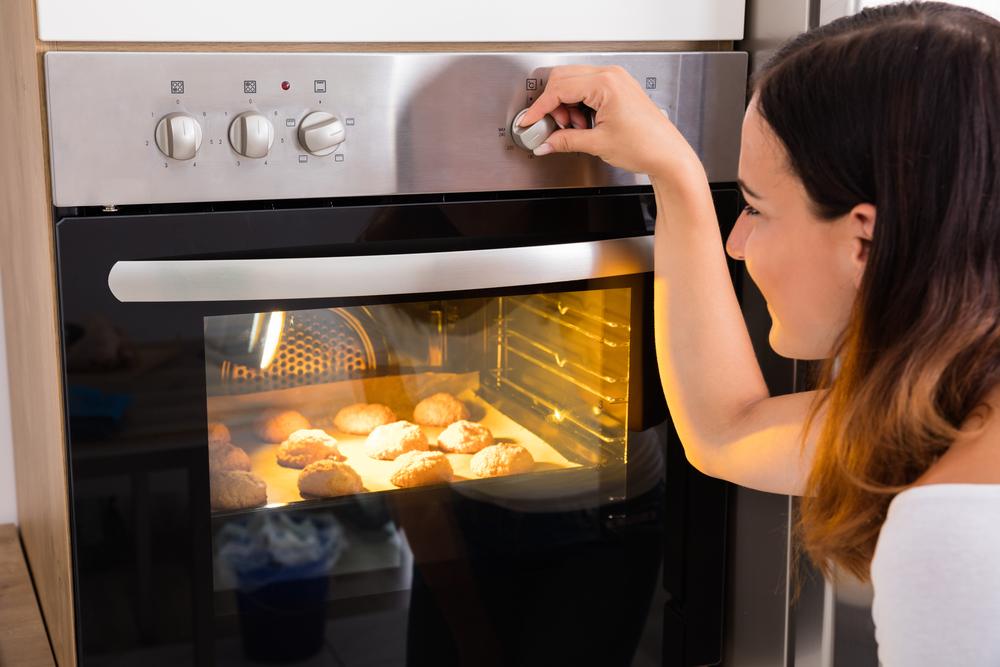All about microwave cooking
Research has shown that more than 96 percent of American households have a microwave in today’s day and age. In fact, this is one of the appliances without which your kitchen feels incomplete.
Today, with the busy and stressful lifestyles we lead, cooking nutritious meals can be a somewhat time-consuming task. Anything that helps save our time here is a savior. And this is why we all love microwaves. Microwave cooking ensures that the time taken to cook is reduced by almost half the time.

During the process of cooking, microwave ovens use short energy waves. These waves that are absorbed by the food, further making the water molecules in the food vibrate at a speed of 2,450 million times per second. This intense vibration creates thermal energy, also known as, ‘friction heat.’ It is this friction heat that causes food to heat up and thus cook faster rapidly.
In spite of the high safety standards microwaves adopt, many people still have their doubts about how safe microwave cooking is. A lot of people also believe that microwave cooking kills the nutrients in the food. So does a microwave do that? Let’s find out.
Vitamin C is a nutrient that breaks down extremely fast, especially when subject to time and temperature. Therefore, whether it is a microwave oven or a conventional one, nutrients like vitamin c are bound to break down anyway. However, owing to its shorter cooking time, microwave ovens very often do a better job at preserving the vitamin C content in your food as compared to other time-consuming cooking methods. This is the same case with some other vegetables like broccoli, spinach, cauliflower, etc.
One of the methods that ensure most nutrients stay intact in your food is the method of quick cooking. And that is exactly what a microwave does – takes the shortest possible time to cook. Also, using as little liquid as possible while cooking ensures that the nutrients in your food stay intact. While cooking vegetables in a microwave oven, using a small amount of water ensures that your vegetables get steamed from inside out. This retains the vitamin and mineral content in them. While this is one of the benefits of microwave cooking, let us look at a few other benefits too.
Time Saving
Due to its rapid heating, cooking in a microwave oven is much faster than most other conventional methods like an electric range or gas, thus saving you a reasonable amount of time. This also means a lesser amount of energy is consumed in the process.
Less Smoke
Unlike gas cooking, microwave ovens do not emit any smoke or steam while cooking. This ensures that your kitchen remains smoke-free and cool.
Safer
Since microwaves do not make use of fire to cook, it tends to be a lot more reliable than gas cooking.
Hygienic
Maintaining the hygiene levels of a microwave are pretty easy. All you need to do is to wipe any stains caused by food that has splattered during cooking, with a damp cloth. Also, microwaves that come with stainless steel interiors do not allow the smell of food to linger in them.
Other special features
Apart from cooking, microwave ovens serve many different purposes like defrosting food, heating up a plate of food, etc. Selecting a microwave with a convection feature also allows you to bake in it.
Therefore, unlike most myths, microwave cooking isn’t unsafe at all, unless of course, you use plastic to cook your food in it.




